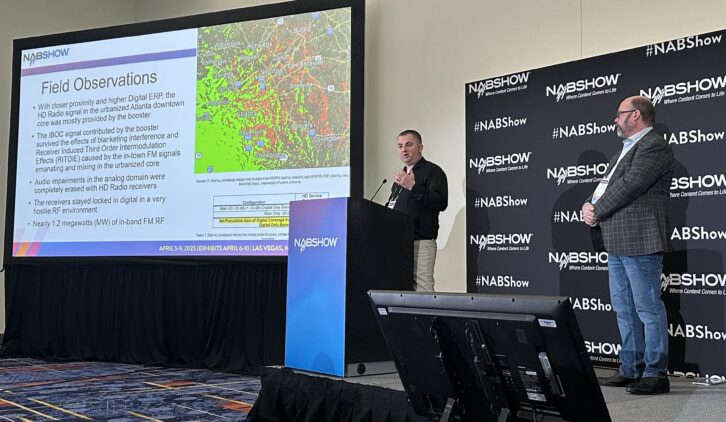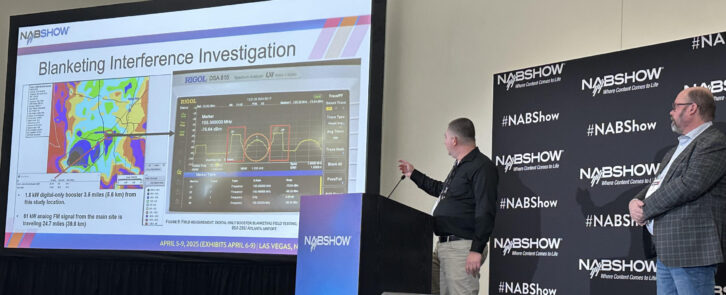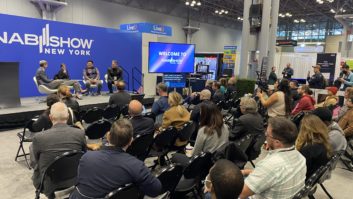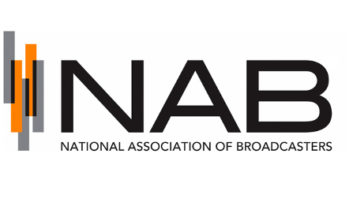Alan Jurison presented findings from this year’s NAB Best Paper Award winner, “Digital-Only Boosters for HD Radio Single-Frequency Networks,” as part of the Broadcast Engineering & IT Conference at the NAB Show.

Jurison co-authored the paper with Xperi’s Jeff Baird, a principal engineer, and Mike Raide, senior manager of broadcast automotive technology solutions. It’s part of an effort that Jurison said has spanned 16 years with the contributions of more than 30 individuals.
The authors and Xperi believe digital-only boosters are a viable solution for improving digital coverage for broadcasters.
Jurison detailed the experimental observations that went into the first high-power digital-only booster using Gen4 HD Radio hardware.
[Related: “What Can Digital-Only Boosters Do for You?”]
The test was conducted between July and December in the Atlanta market with iHeartMedia’s Class C1 105.3 WWPW(FM), which provides a “rimshot” signal to the market.
The booster itself was located near Union City in Fulton County, 13 miles southwest from downtown Atlanta. WWPW’s primary site, licensed to Bowdon, is approximately 34 miles southwest of Atlanta.
The digital-only booster used 1.8 kW of ERP. In an urbanized corridor that Jurison calculated is exposed to 1.2 megawatts of RF, the team observed gains in digital coverage.
“The booster ended up being the primary digital signal coverage for the station in downtown,” Jurison said.
As a result of the setup, multipath impairments that often plague rimshot FMs were relieved with the booster’s digital coverage.
He also addressed concerns of blanket interference of the station’s primary analog signal. He said thousands of miles of test drives were conducted, which included I-285 and I-85 and the area that surrounds Hartsfield International Airport. The vehicles used and the routes traveled are outlined in the paper.

“The only complaints we received were from listeners when we turned the booster off,” he said.
Raide also spoke at the presentation and he said that the company verified Jurison’s results.
They’d like to conduct a similar test in a terrain-challenged environment, such as in the San Francisco Bay Area.
The 25-page paper has more details and also discusses the history of analog and HD SFNs, as well as hybrid setups.







